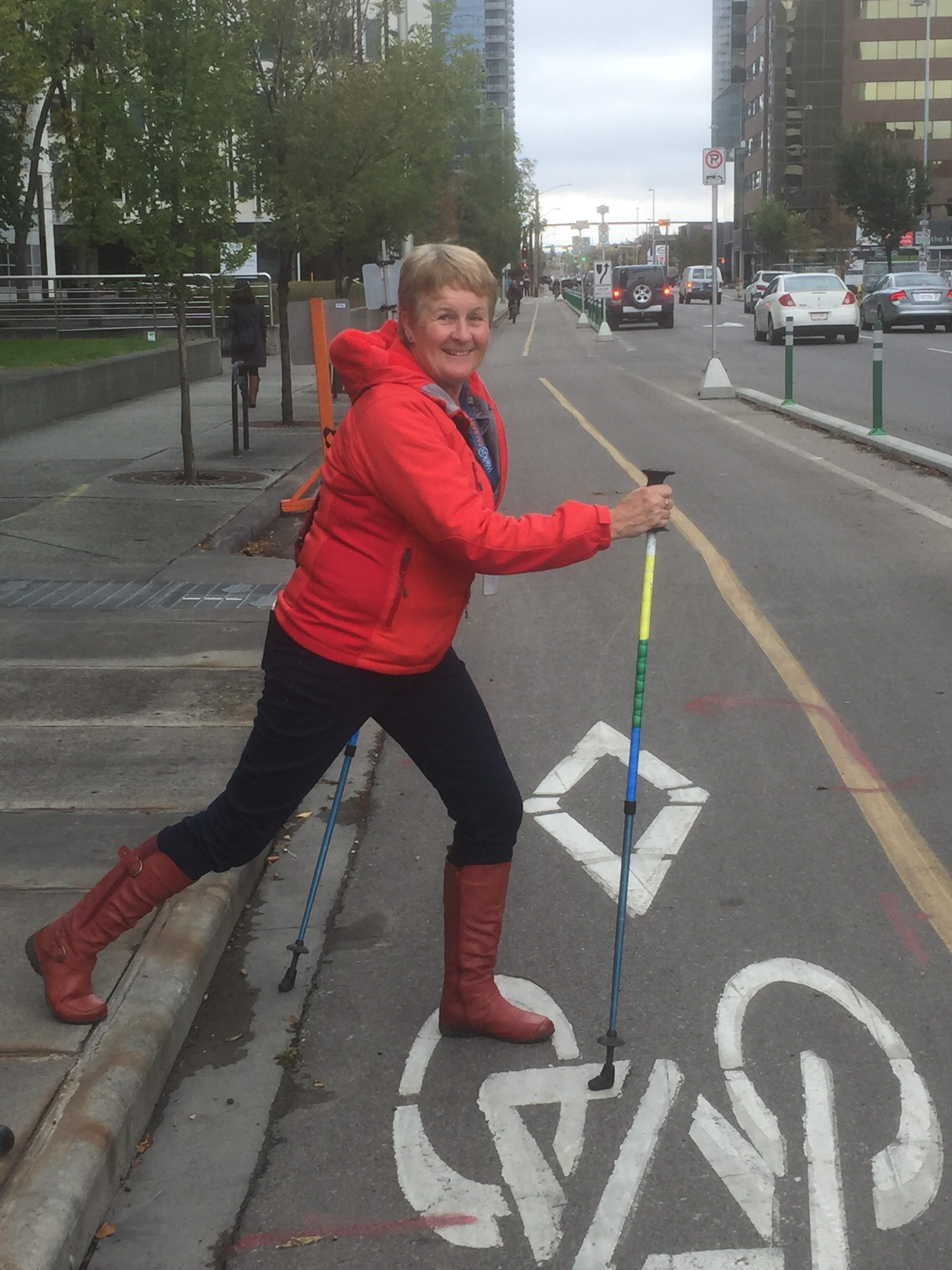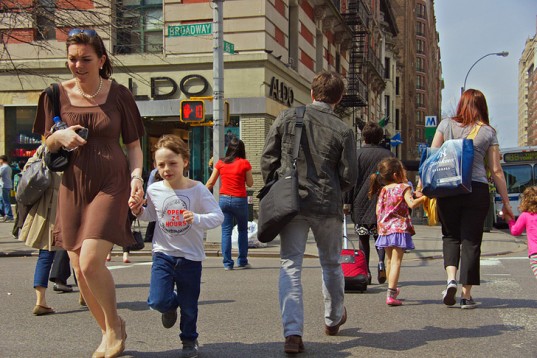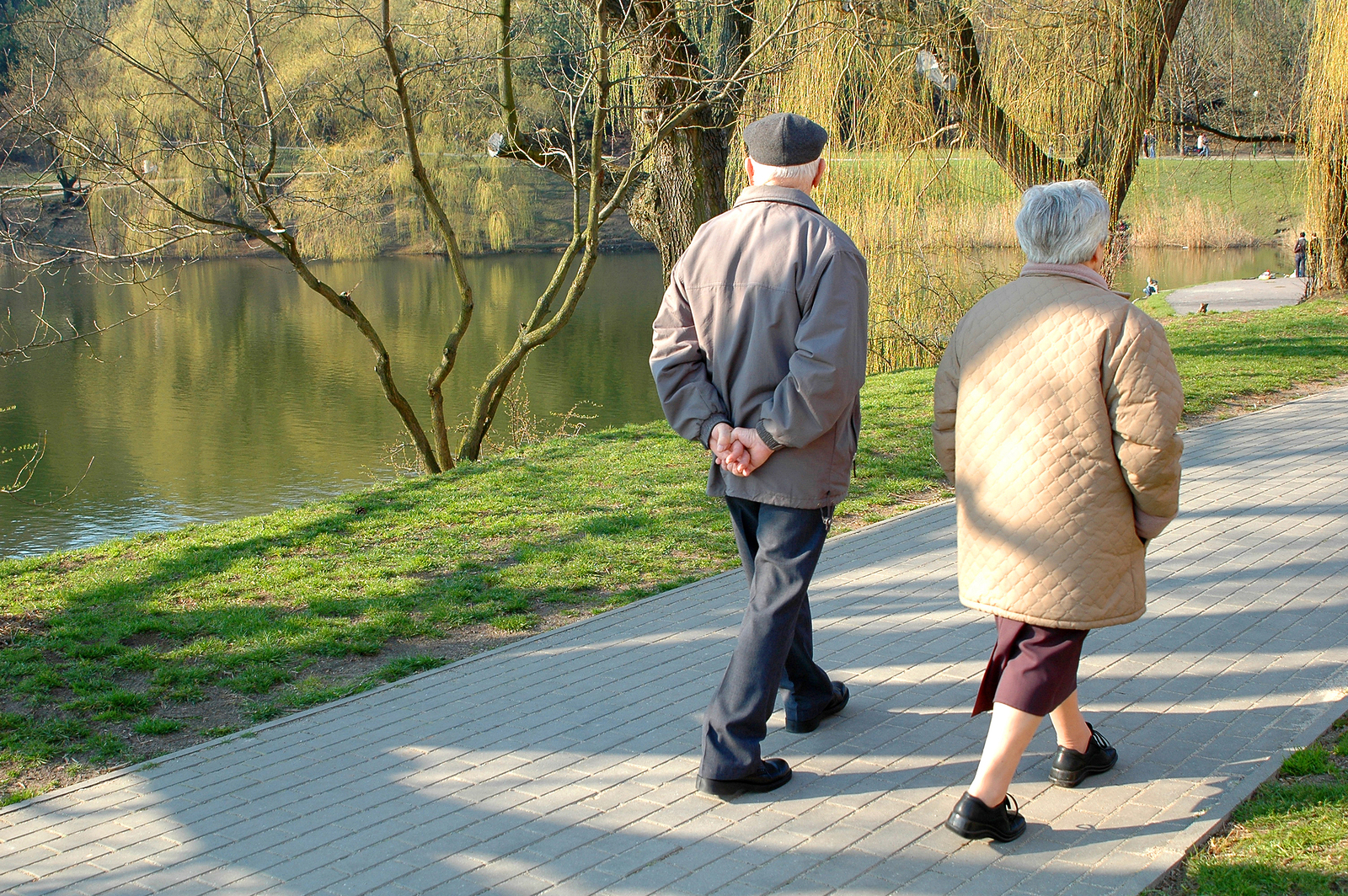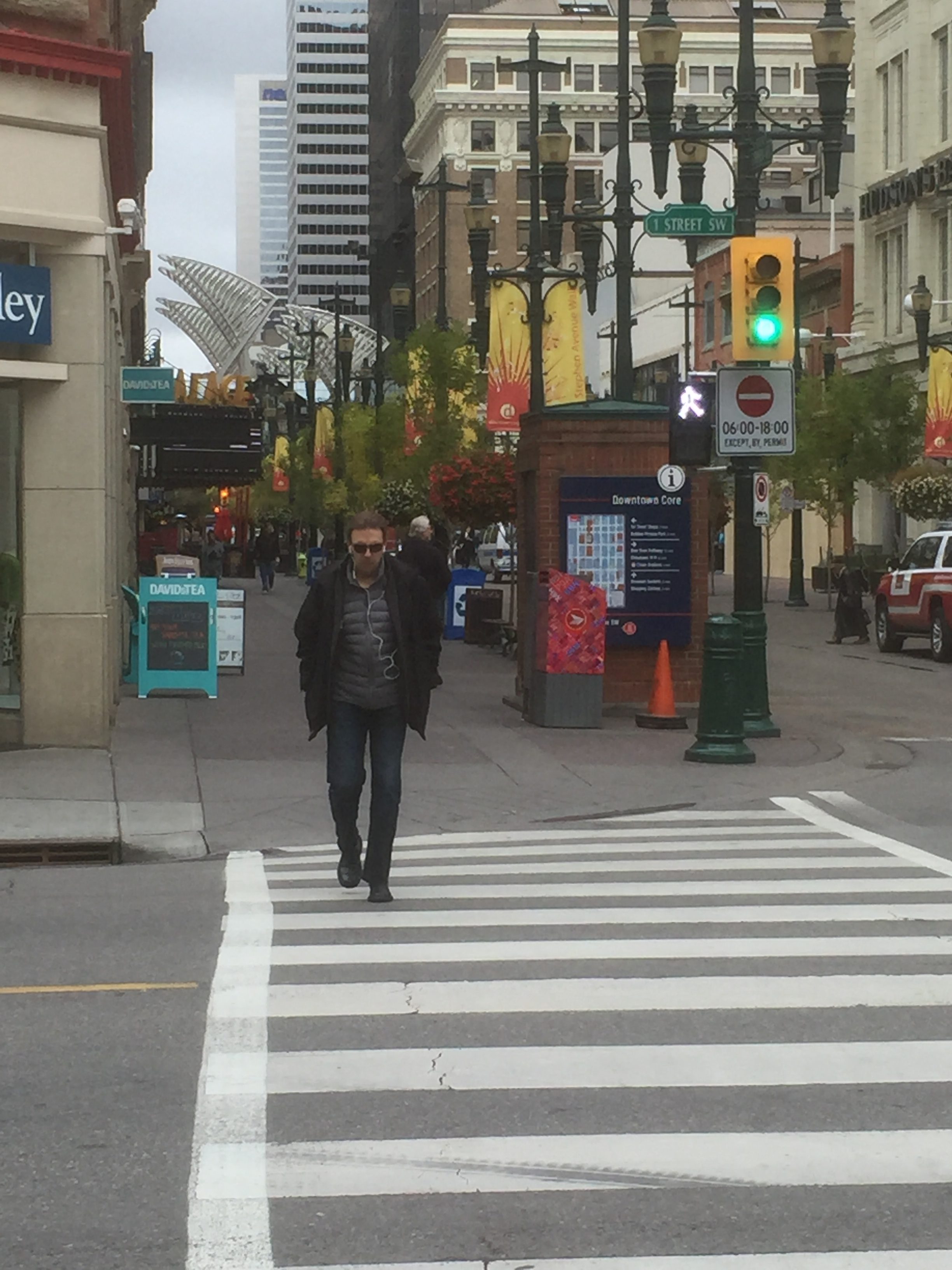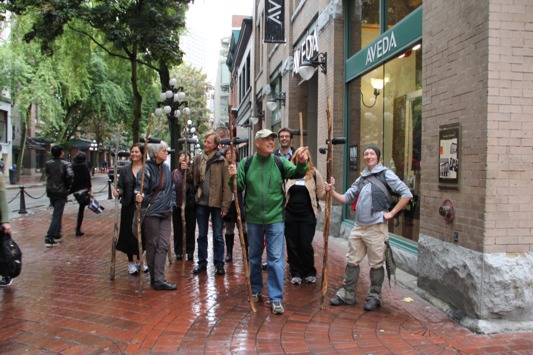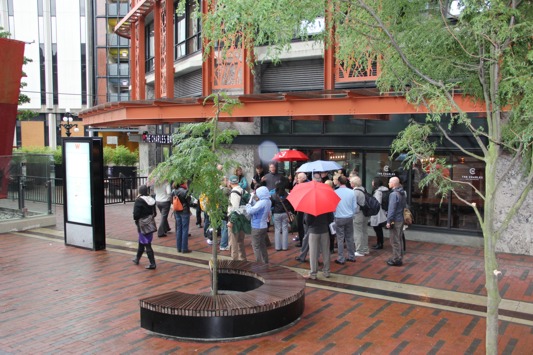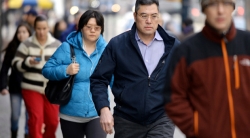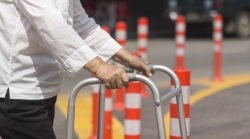
Here is some solid and unequivocal proof that urban design and health need to work together hand in hand for healthier people and neighbourhoods. A new study has found “significant associations” between the walkability of a neighbourhood, lower blood pressure and reduced hypertension risk. This is the largest study yet done with 430,000 people aged 38 to 73 that live in 22 cities in the United Kingdom. The study shows the importance of good urban design for walkable communities to improve the health of residents.
Even more surprising is that the lower blood pressure and reduced hypertension risk went across different age, income and physical environment variables and remained consistent. “Protective effects” of walkability were “particularly pronounced” in women, those aged between 50 and 60 years, and those living in more dense or economically deprived neighbourhoods. Published in the International Journal of Hygiene and Environmental Health diseases, “researchers at the University of Hong Kong and Oxford University said the findings demonstrated the need for public health interventions to factor in urban design.”
The study lead Dr. Chinmoy Sarkar stated “With the increasing pace of urbanisation and demographic shifts towards an ageing population, we become more vulnerable to chronic diseases… if we are able to invest in creating healthy cities through small retrofits in the design of our neighbourhoods to make them more activity-friendly and walkable, then probably, we will have significant savings in future healthcare expenditures.”
Researchers created a walkability index using “residential and retail density, public transport, street-level movement, and proximity to attractive destinations. Poorly designed spaces generally inhibited walking and physical activity, promoting sedentary lifestyles; and were detrimental to social interactions, and as such associated with poorer mental health and wellbeing.”
Designing and retrofitting cities to promote active lifestyles could therefore have significant repercussions for the health of urban populations and governments’ related expenditure around the globe, said Sarkar. “Well-designed cities of today will be healthy cities of tomorrow.”


